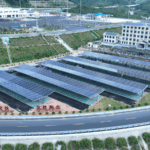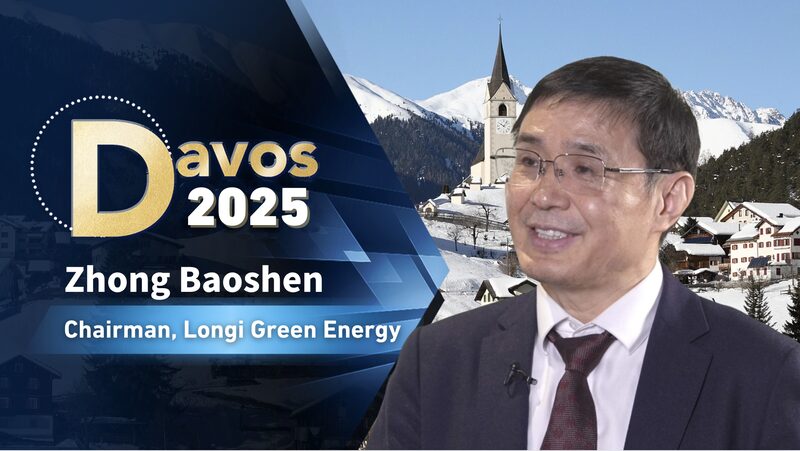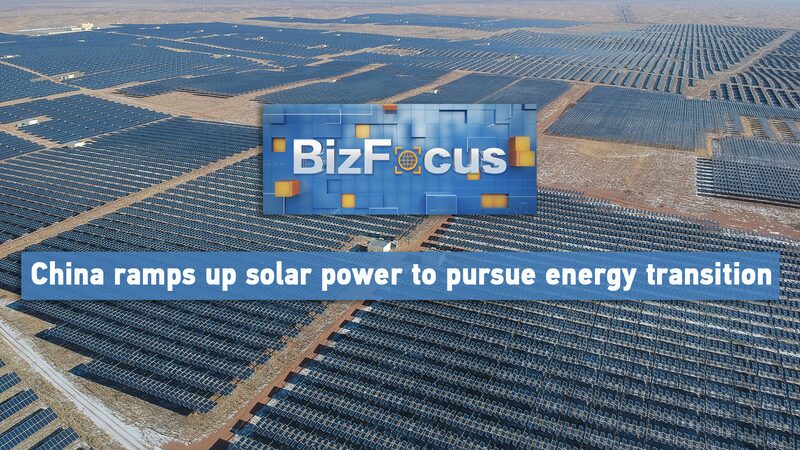On February 9, 2025, China's National Development and Reform Commission (NDRC) and National Energy Administration (NEA) introduced a significant reform aimed at deepening the market-oriented approach to new energy on-grid electricity pricing. This initiative marks a historic transition from \"planned pricing\" to \"market-based pricing\" for wind and solar power generation.
The reform is designed to fully integrate renewable energy sources into the electricity market, injecting market vitality into the high-quality development of the new energy sector. By moving towards a market-driven pricing mechanism, the reform provides institutional support for constructing a new power system, which is crucial for China's energy transition and the implementation of its \"dual carbon\" strategy. This strategy aims to peak carbon dioxide emissions before 2030 and achieve carbon neutrality before 2060.
Background and Necessity of the Reform
China's new energy sector is at a pivotal juncture. By the end of 2024, the total installed capacity of wind and solar power surpassed 1.2 billion kilowatts, accounting for over 35 percent of the country's total power generation. However, the existing policy framework, which relies on fixed electricity prices and guaranteed purchases, has become increasingly inadequate as installations expand.
The phase-out of financial subsidies has highlighted the need for a new price formation mechanism to support the sustainable development of the industry. Additionally, the inherent volatility of new energy generation has created tensions with the traditional power system's operational mechanisms.
Core Aspects of the Market-Oriented Reform
The essence of the reform lies in establishing a price signaling mechanism that effectively guides resource allocation. Previously, fixed-price guarantees facilitated large-scale industrial expansion but weakened the market's regulatory functions and blurred consumption responsibilities. With the acceleration of the electricity spot market's construction, integrating new energy projects into the market framework is essential for generating accurate price signals and incentivizing market participants to enhance system flexibility.
The reform addresses the underlying contradictions in new energy development by implementing a dual-track mechanism of \"market pricing + differential settlement.\" This approach maintains policy continuity while strengthening market incentives, ensuring reasonable returns for existing projects, and encouraging new projects to compete in the market. The gradual nature of the reform takes into account China's power market development stage and the industry's capacity to adapt, embodying the strategic principle of \"progress while maintaining stability.\"
Reference(s):
cgtn.com








